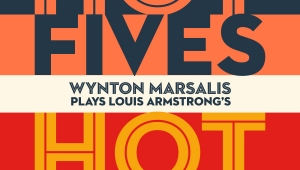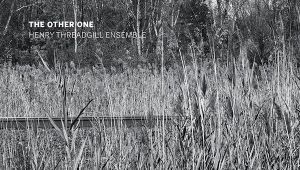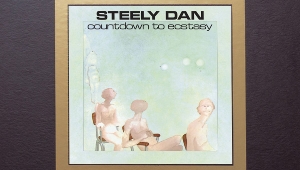| Columns Retired Columns & Blogs |
I had great anticipation for this album, and invited my "jazz buddies" over to listen to it on vinyl as I am the audiophile of the group and have a system that can do some justice to good recordings. We couldn't get through side one of disc one. As you said, the recording quality is OK, maybe even good. But the mix is unfortunate. Coltrane is barely audible, or at best, sounds like a side man. Sanders' sax is more prominent than the star's. And of course all that drum. We pivoted to other Coltrane from that time period and enjoyed the night. Always exciting for a new live find, but this one was a disappointment.






































